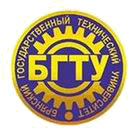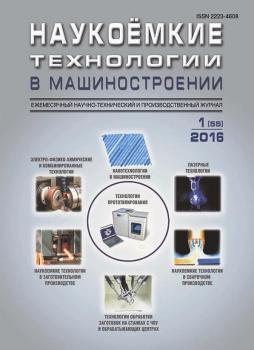Mytischi, Moscow, Russian Federation
A method is developed for the assessment of rejects probability trust limits according to the results of sample tests. The method is based on the interpretation of the probability mentioned as a parameter of the binominal value distribution of rejected objects. The application of Student distribution allows computing a critical value for the limited number of tests. At test number increase in the series the dependence of a critical value upon this number practically disappears and trust limits may be interpreted as objective characteristics of the processing technology used. The upper trust limit under these conditions is an efficiency criterion of the technology under analysis – the lower this limit, the more efficient technology is regarding rejects share. In its turn, the lower limit characterizes rejects percentage which is not connected with technology. A basic field of the application of the method offered is a comparative analysis of results of the random control for working and control groups characterizing technology efficiencyA method is developed for the assessment of rejects probability trust limits according to the results of sample tests. The method is based on the interpretation of the probability mentioned as a parameter of the binominal value distribution of rejected objects. The application of Student distribution allows computing a critical value for the limited number of tests. At test number increase in the series the dependence of a critical value upon this number practically disappears and trust limits may be interpreted as objective characteristics of the processing technology used. The upper trust limit under these conditions is an efficiency criterion of the technology under analysis – the lower this limit, the more efficient technology is regarding rejects share. In its turn, the lower limit characterizes rejects percentage which is not connected with technology. A basic field of the application of the method offered is a comparative analysis of results of the random control for working and control groups characterizing technology efficiency.
sample tests, rejects probability, trust limits, confidence interval, critical value, Student distribution, test group.
1. Bolshev, L.N., Smirnov, N.V. Tables of Mathematical Statistics. - M.: Science, 1983. - pp. 416.
2. Pugachyov, V.S. Theory of Probability and Mathemati-cal Statistics. - M.: Science, 1979. - pp. 496.
3. Chistyakov, V.P. Course of Probability Theory. - M.: Science, 1987. - pp. 240.
4. Vadzinsky, R.N. Statistical Computations in Excel Envi-ronment. - S-Pb.: Peter, 2008. - pp. 608.















